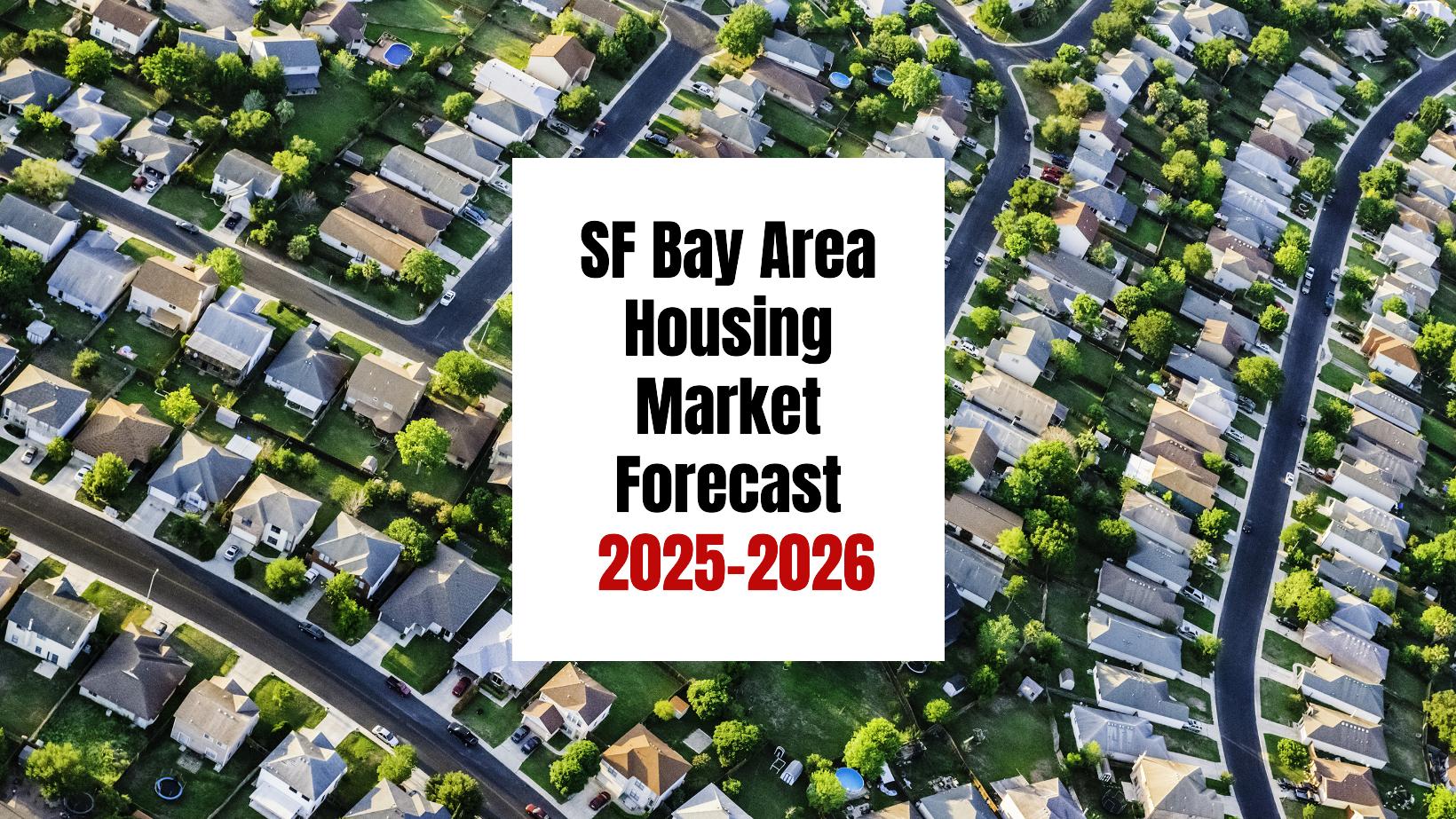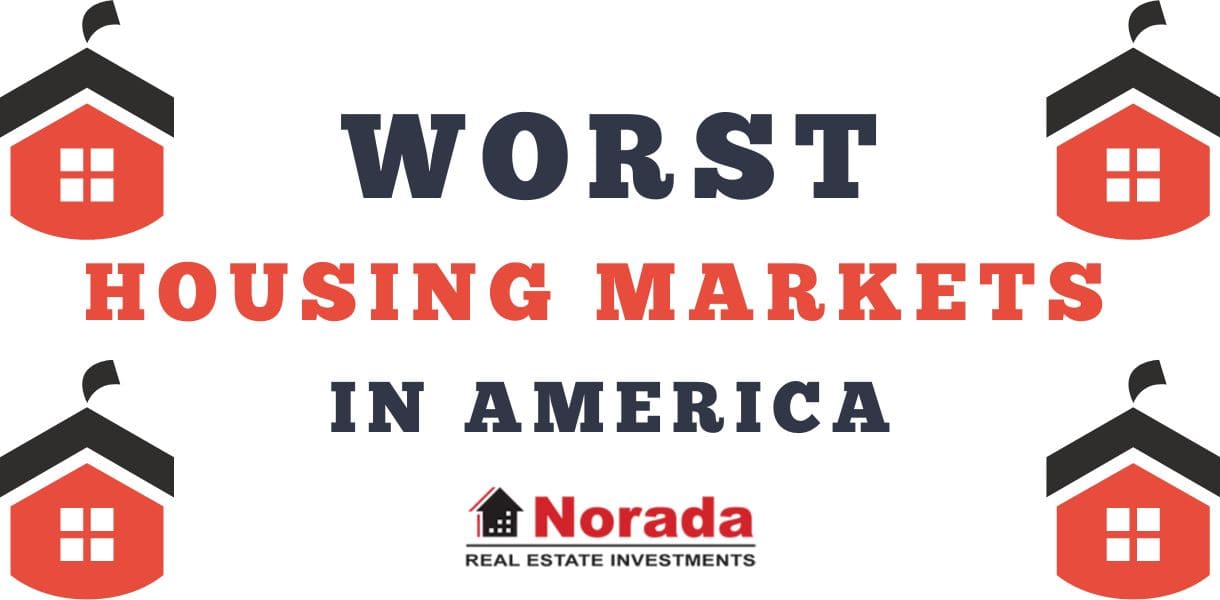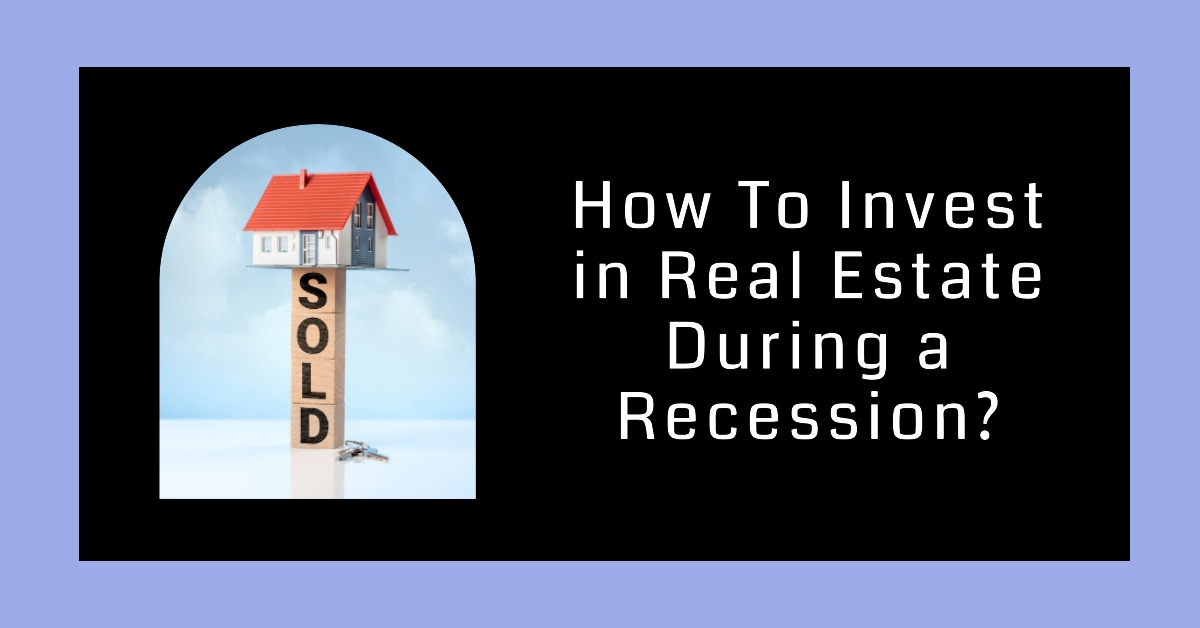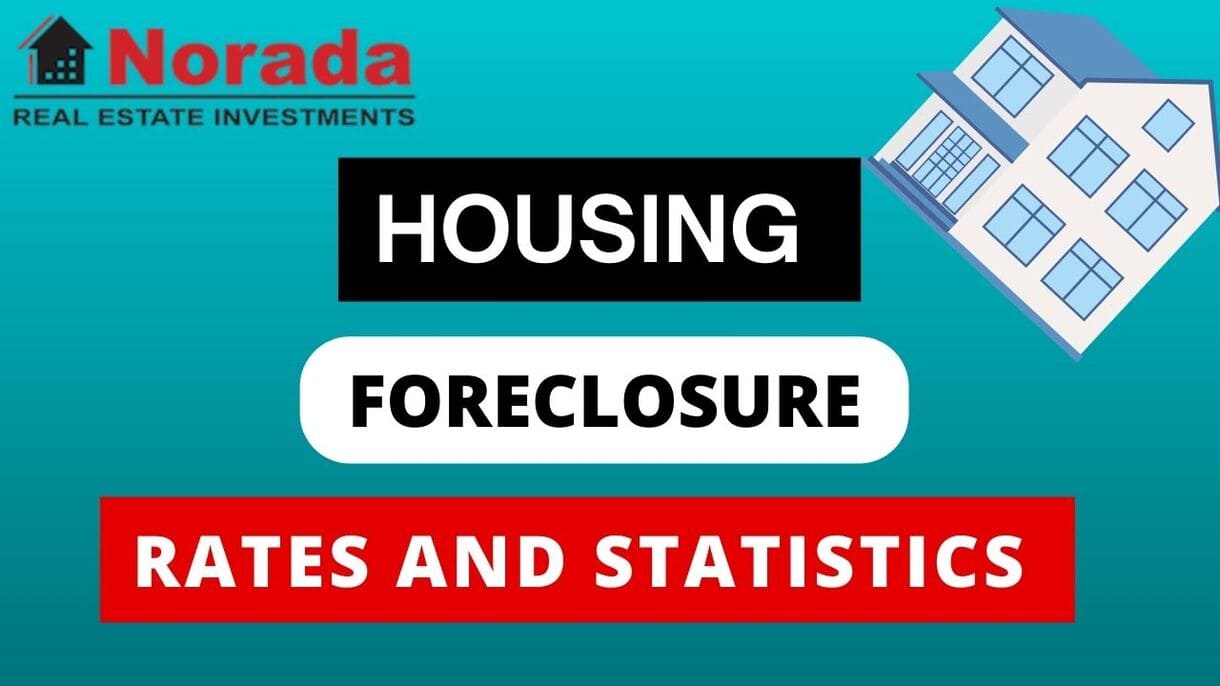As we forge ahead, experts are making San Francisco Bay Area housing market predictions for 2025 and 2026 that reveal a gradual transformation. The Bay Area real estate scene has been a hotbed of activity and speculation, and there's a lot to unpack as we consider what the future holds.
With prices that can make your head spin, understanding the future is crucial, whether you're dreaming of buying, planning to sell, or just trying to keep up with the neighborhood. So, will those exorbitant prices finally drop? Are we headed for a crash?
Based on current data and trends, the Bay Area Housing Market Forecast for the Next 2 Years suggests a period of relative stability with a possibility of slight appreciation, rather than a dramatic crash.
Let’s dive into the details and break down what's likely to happen over the next couple of years. I'll share my perspective, based on years of watching this market, and give you the insights you need to make informed decisions.
Bay Area Housing Market Forecast for the Next 2 Years: 2025-2026
Key Takeaways
Before we look into the crystal ball, let's see where we currently stand. According to Zillow's data, as of late December 2024, the average home value in the San Francisco-Oakland-Hayward area hovers around $1,133,023. That's a 2.3% increase over the past year, which tells us the market, while not scorching hot, is still inching upward. Homes are going to pending in approximately 26 days.
Here's a quick summary of key metrics:
- Average Home Value: $1,133,023
- Year-over-Year Change: Up 2.3%
- Days to Pending: 26 days
- For Sale Inventory: 6,811
- New Listings: 1,843
- Median Sale to List Price Ratio: 1.007 (slightly above list price)
- Median Sale Price: $1,133,333
- Median List Price: $924,000
- Percent of Sales Over List Price: 56.6%
- Percent of Sales Under List Price: 34.4%
These numbers tell a story of a market that's still competitive, but perhaps less frenzied than the peak we saw a couple of years ago. Over half of the homes are still selling above list price, which speaks to high demand in certain segments and locations.
The 2025 Forecast: Stability or Stagnation?
The one-year market forecast (December 2024 to December 2025) projects a 0.0% change in home values. In other words, they're predicting a flat market.
Now, let's be honest. A flat market in the Bay Area feels almost revolutionary. We're so used to seeing prices skyrocket that a period of no growth might even feel like a price drop! But what does this really mean for you?
- Buyers: If you've been waiting for a major correction, don't hold your breath. A flat market means you might not see prices come down significantly. However, it could give you more negotiating power, especially if interest rates stay high. You won't be competing against as many frantic buyers.
- Sellers: Don't expect bidding wars like you might have seen in the past. Pricing your home competitively will be crucial. The days of simply listing high and waiting for the offers to roll in are likely over.
- Investors: A flat market might mean lower returns in the short term. Focus on properties with strong rental income potential or long-term appreciation prospects.
Why a Flat Market is Predicted?
Several factors are likely contributing to this predicted stability:
- Interest Rates: High interest rates have already cooled the market by making mortgages more expensive. If rates stay elevated, they'll continue to put downward pressure on prices.
- Inventory: The number of homes for sale remains relatively low, which supports prices. However, if inventory starts to rise significantly, it could shift the balance towards buyers.
- Economic Uncertainty: Concerns about a potential recession or slowdown in the tech industry can dampen buyer enthusiasm.
- Affordability: The Bay Area is already one of the most expensive places to live in the country. This limits how much higher prices can realistically go.
What Experts Are Saying About 2025
Experts maintain varied viewpoints on the future of the market. Notable insights reveal that while a downturn in prices may appear imminent, many facets contribute to the continued health of the industry. According to them, the market may appear to cool, but it remains robust due to underlying economic strengths and ongoing demand. This perspective underscores that while fluctuations may happen, the Bay Area remains a desirable place to live.
Research and predictions from various sources, including Zillow and housing market trend analysts, show that while the expected decline in prices could provide an opportunity for buyers, it is essential to consider the larger economic picture. Goldman Sachs, for instance, indicates home prices to rise more than 4% in 2024 and 2025 in the US housing market.
Looking Further Ahead: What About 2026?
Predicting the housing market beyond a year is always tricky, but we can make some educated guesses based on current trends and potential future developments. I believe that in 2026 we will see appreciation of around 2-4%.
Here are a few possible scenarios for 2026:
- Scenario 1: Continued Stability (Most Likely): Interest rates remain relatively stable, the economy avoids a major recession, and inventory stays low. In this scenario, we could see modest price appreciation in the 2-4% range.
- Scenario 2: Slight Correction: If interest rates rise further or the economy weakens significantly, we could see a slight price correction of 5-10%. However, a major crash seems unlikely given the underlying demand and limited supply in the Bay Area.
- Scenario 3: Renewed Growth: If interest rates fall sharply and the tech industry experiences another boom, we could see a return to faster price appreciation. However, this seems less likely given affordability constraints.
Factors Influencing the Bay Area Housing Market
What’s leading the forecasted shifts in the housing market? Several key factors are at play:
- Interest Rates:
- Interest rates have a significant influence on the housing market. As rates climb, the number of potential buyers tends to decline since higher borrowing costs make homes less affordable. This reduction in demand can lead to slower price growth and potentially declining prices.
- Economic Conditions:
- Economic indicators, such as inflation and consumer confidence, directly affect real estate. With inflation under watch and national economic conditions fluctuating, buyers are likely becoming more cautious, waiting for a clearer picture before jumping into the market.
- Tech Industry Performance:
- The Bay Area is synonymous with tech innovation, and the fluctuations within this industry can dramatically affect housing demand. When tech stocks soar, so does the confidence of potential homebuyers. Conversely, if the tech sector experiences layoffs or declines, this will likely cool buyer interest.
- Demographics and Lifestyle Shifts:
- Many younger generations are choosing to rent instead of buy due to prohibitive home prices. The shift towards remote work has also affected where people choose to live, as some are opting for more affordable areas rather than sticking to high-cost regions.
- Local Policy Adjustments:
- Local housing policies, particularly those aimed at creating affordable housing, can significantly impact the market. Policy changes may reshape housing supply and influence price trajectories directly.
Exploring Neighborhood Trends and Their Implications
Diving deeper into neighborhood trends could reveal vast disparities in home values and demand across various areas within the Bay Area. For instance, while some neighborhoods in San Francisco continue to flourish, others show signs of stagnation or slight declines. Factors such as local amenities, school quality, and proximity to downtown employment centers remain pivotal.
Emerging Neighborhoods and Development Projects
Several neighborhoods that were relatively undervalued are now gaining traction as more people seek affordable options. Areas like Oakland and Richmond have attracted attention due to their evolving landscapes, making them attractive alternatives to pricier San Francisco. The arrival of new infrastructure projects, such as enhanced public transit options, will further increase their desirability among new residents. In essence, keeping an eye on these emerging neighborhoods could yield beneficial outcomes for investors.
Supply Chain and Construction Constraints
With the housing supply chain experiencing delays and increased construction costs, many developers have hit a snag. Such constraints limit the influx of new homes into the market, which may exacerbate price concerns in highly desirable areas. Recognizing these supply constraints will be crucial for buyers eager to understand the broader market dynamics at play.
Will the Bay Area Housing Market Crash?
This is the question on everyone's mind. Based on my analysis, a major crash seems unlikely in the next two years. While a slight correction is possible, the underlying fundamentals of the Bay Area market – strong demand, limited supply, and a vibrant economy – should prevent a significant downturn.
Think of it this way: The Bay Area is a desirable place to live and work. People are willing to pay a premium to be here. Unless we see a major economic catastrophe or a massive increase in housing supply, prices are unlikely to plummet.
Having watched the Bay Area housing market for years, I've learned that it's full of surprises. But some things remain constant:
- Location is King: Certain neighborhoods will always be in high demand, regardless of market conditions.
- Quality Matters: Well-maintained homes in desirable areas will hold their value better than fixer-uppers in less desirable locations.
- Patience is Key: Buying or selling a home is a long-term investment. Don't panic based on short-term market fluctuations.
I believe the Bay Area housing market will remain resilient in the coming years. While we might not see the crazy appreciation of the past, the area's unique appeal and strong economic base will continue to support prices.
Work with Norada, Your Trusted Source for
Turnkey Investment Properties
Discover high-quality, ready-to-rent properties designed to deliver consistent returns.
Contact us today to expand your real estate portfolio with confidence.
Contact our investment counselors (No Obligation):
(800) 611-3060
Conclusion
The Bay Area housing market is like a big, complicated puzzle. Experts say that home prices might go down a little bit in 2025, but they also remind us that the area is still super popular because it's wealthy, full of new ideas, and a great place to live.
It's like riding a wave. The housing market is always changing. To make smart choices, we need to stay updated on what's happening in our local area, how the economy is doing, and how the people living here are changing. This is especially important if you're planning to buy, sell, or rent a place.
So, as we look ahead, let's be prepared! Think about your own plans for housing and watch out for these big things that can affect the market.
Also Read:
- Bay Area Housing Market Predictions 2030
- Bay Area Housing Market: What Can You Buy for Half a Million?
- Bay Area Home Prices Skyrocket: Wealthy Buyers Fuel Market
- Bay Area Housing Market: Prices, Trends, Forecast 2024
- Bay Area Housing Market Booming! Median Prices Hit Record Highs
- Most Expensive Housing Markets in California
- SF Bay Area Housing Market Records 19% Sales Growth in July 2024
- Bay Area Housing Market Heats Up: Home Prices Soar 11.9%




